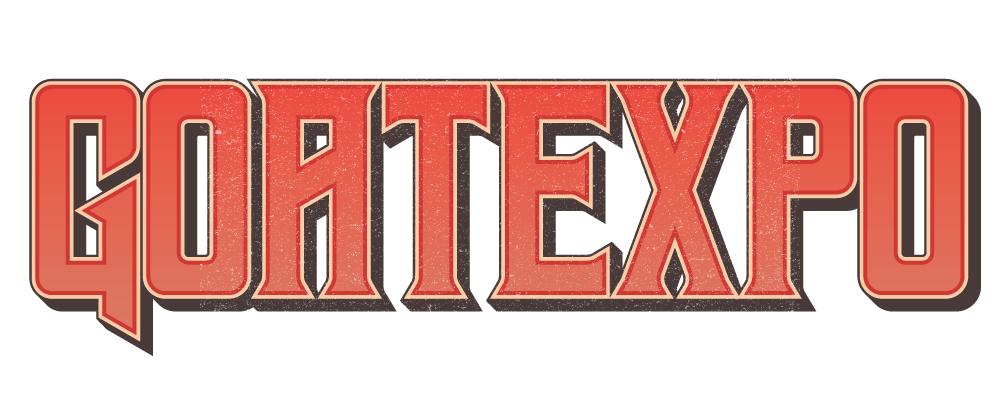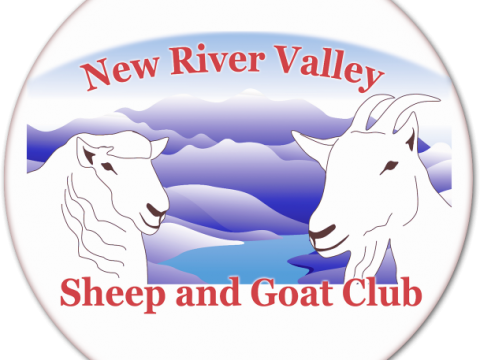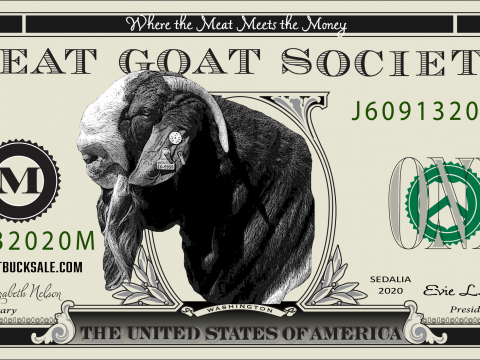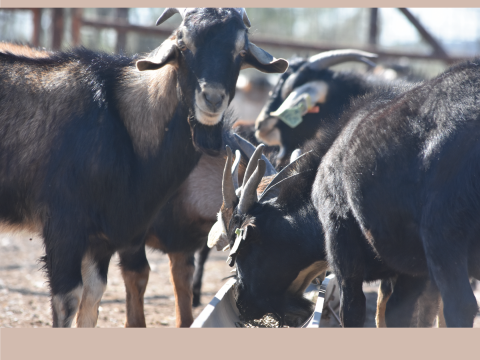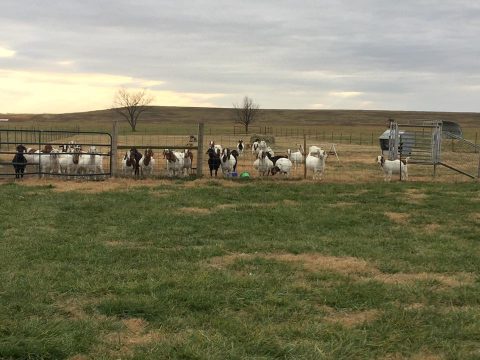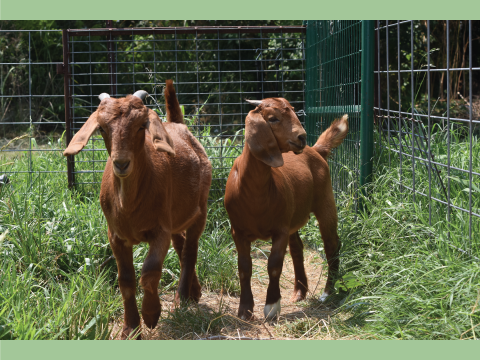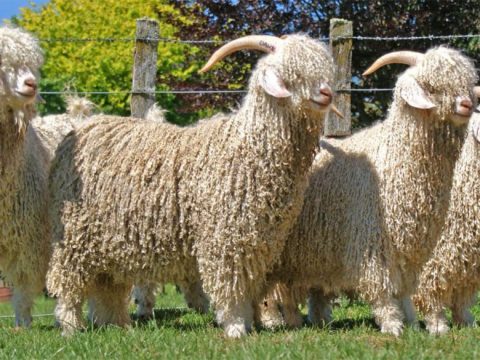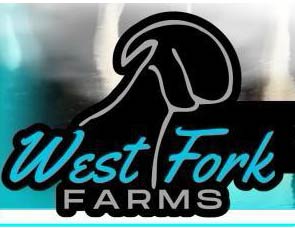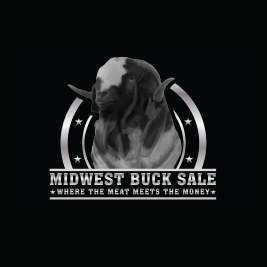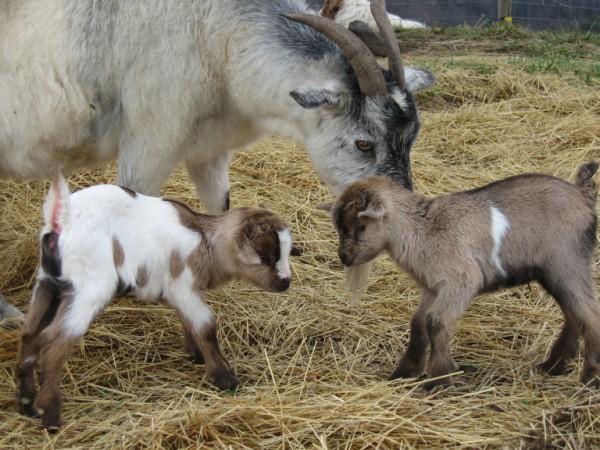
Myotonic Goats – Made in America and More Than a Youtube Sensation
By Sarah Smiley
Myotonic (or Fainting) goats are one of the very few American heritage goat breeds. According to the Livestock Conservancy*, there are two heritage meat goat breeds: Myotonic and Spanish.
The benefits of a landrace breed are immediately evident in that they have a naturally high parasite resistance. We have been raising myotonics in the mountains of Southwestern Virginia for 17 years. We started with them as we needed brush control on an old farm with old, brittle, wire fences. The myotonia condition limits the ability of the goats to climb fences – so these were the perfect goats for us – low maintenance, great maternal abilities, and not escape artists.
We raise and sell registered myotonics and the market for our animals are other breeders and hobby farms. We have shipped animals all across the U.S. and to Canada. We also work with other meat goat breeders that are looking to add parasite resistance and more meat-to-bone ratio in their goats. Myotonics have a greater meat-to-bone ratio (4:1) than Boer or Kiko (3:1), but the tradeoff is that the myotonics grow at a slower rate.
There are a few subsections within the Myotonic breed – but for the purposes of this article, there are two main groups for meat – Texas and Not Texas. Back in the 1950s, a group of Myotonics were taken to Texas and through intense breeding grew a line that is heavier and stockier than Myotonics you will find in Virginia or on the East Coast.
The Myotonic goats are a pleasure to have on the farm. They are usually mild mannered and good with children. There is a reason they are a youtube sensation, the unexpected “fainting” does keep us laughing on the farm. But these goats are also an important genetic resource for the goat industry and medical research industry as the myotonia research is helping find treatment for multiple sclerosis. It is a very interesting breed and we encourage other to get involved and support the conservation efforts.
If you’d like to see more information on this breed from the Livestock Conservancy, of which our farm is a member, here it is:
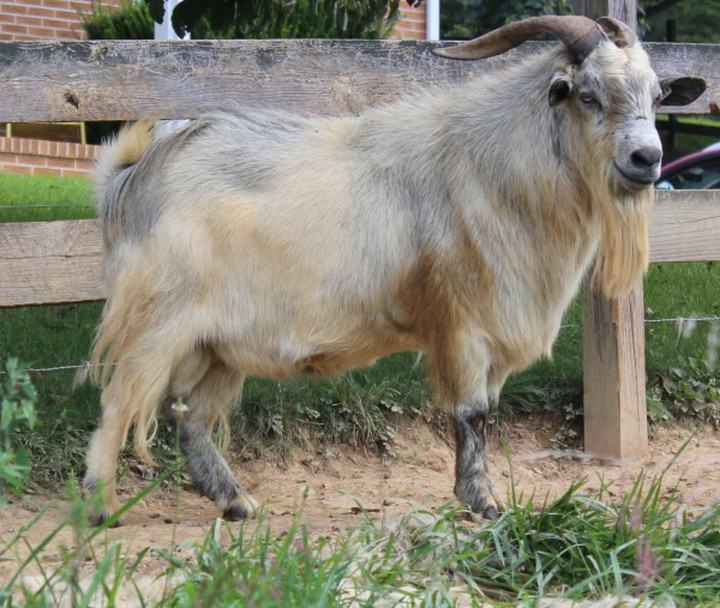
*https://livestockconservancy.org/index.php/heritage/internal/tennfaint. The goats of this breed have a host of names: Myotonic, Tennessee Fainting, Tennessee Meat, Texas Wooden Leg, Stiff, Nervous, and Scare goats. The names refer to a breed characteristic known as myotonia congenita, a condition in which the muscle cells experience prolonged contraction when the goat is startled.
The transitory stiffness associated with these contractions can cause the goat to fall down. This is not a true faint, but a muscular phenomenon unrelated to the nervous system. The degree of stiffness varies from goat to goat, with some showing a consistently stiff response and others exhibiting stiffness only rarely.
The breed’s history can be traced back to the 1880s. An itinerant farm laborer named John Tinsley came to central Tennessee, reputedly from Nova Scotia. Tinsley had with him four unusual, stiff goats. Goats of this type gradually became known across the region. They were less apt to climb fences and escape from pastures than other goats, and their muscular conformation and high reproductive rate were also valued. Farmers began to appreciate them, and the numbers of “stiff,” “nervous,” or “fainting” goats increased.
During the 1950s, some Tennessee Fainting goats were taken to the hill country of central Texas. They were further selected for meat qualities, including larger size, and came to be known as “Wooden Leg” goats. In the late 1980s, both the Tennessee and Texas branches of this breed were rediscovered.
The new enthusiasm for the goats diverged into two major endeavors. One group of breeders worked in the historic tradition, emphasizing the meat qualities of the animals and selecting for growth rate, conformation, and reproductive efficiency. The other group selected for extreme stiffness and small size, promoting the breed as a novelty animal. As a landrace breed, Tennessee Fainting goats were always variable in size. This variability, emphasized by recent selection, has given rise to a population which ranges in weight from 60-175 pounds. Heavily muscled conformation is consistent among the goats.
The ears of Tennessee goats are larger and more horizontal than Swiss breed goats, but smaller and less drooping than Nubian or Spanish goats. The facial profile is usually concave. Most goats are horned, and horns vary from large and twisted to small and simple. While most of the goats have short hair, long haired goats are not unusual and some animals produce cashmere. Tennessee Fainting goats are found in almost all colors known in goats.
Kidding season is always exciting, as new color combinations pop up. Since does like to keep their kids hidden for a few days, looking for these multicolored kids can be like hunting Easter eggs. Does are prolific, with an extended breeding season, and some does will bear kids every six months. Most does produce twins or triplets regularly and have plenty of milk to raise them.
The Tennessee Fainting goat breed is gaining attention for its combination of meat traits with reproductive efficiency, and it is increasingly recognized as an important genetic resource in the United States. Goats are being used both as purebreds and for crossing with other breeds, especially the Boer goat, a recent import from South Africa. While crossbreeding can demonstrate the genetic value of the Tennessee Fainting goat, overuse of purebred does for crossing would threaten the survival of this unique and important American goat breed.
It is a conservation priority.
Article by Sarah Smiley, www.sfFaintingGoats.com
Myotonic Goats – Made in America and More Than a Youtube Sensation
Myotonic (or Fainting) goats are one of the very few American heritage goat breeds. According to the Livestock Conservancy*, there are two heritage meat goat breeds: Myotonic and Spanish.
The benefits of a landrace breed are immediately evident in that they have a naturally high parasite resistance. We have been raising myotonics in the mountains of Southwestern Virginia for 17 years. We started with them as we needed brush control on an old farm with old, brittle, wire fences. The myotonia condition limits the ability of the goats to climb fences – so these were the perfect goats for us – low maintenance, great maternal abilities, and not escape artists.
We raise and sell registered myotonics and the market for our animals are other breeders and hobby farms. We have shipped animals all across the U.S. and to Canada. We also work with other meat goat breeders that are looking to add parasite resistance and more meat-to-bone ratio in their goats. Myotonics have a greater meat-to-bone ratio (4:1) than Boer or Kiko (3:1), but the tradeoff is that the myotonics grow at a slower rate.
There are a few subsections within the Myotonic breed – but for the purposes of this article, there are two main groups for meat – Texas and Not Texas. Back in the 1950s, a group of Myotonics were taken to Texas and through intense breeding grew a line that is heavier and stockier than Myotonics you will find in Virginia or on the East Coast.
The Myotonic goats are a pleasure to have on the farm. They are usually mild mannered and good with children. There is a reason they are a youtube sensation, the unexpected “fainting” does keep us laughing on the farm. But these goats are also an important genetic resource for the goat industry and medical research industry as the myotonia research is helping find treatment for multiple sclerosis. It is a very interesting breed and we encourage other to get involved and support the conservation efforts.
If you’d like to see more information on this breed from the Livestock Conservancy, of which our farm is a member, here it is:
*https://livestockconservancy.org/index.php/heritage/internal/tennfaint. The goats of this breed have a host of names: Myotonic, Tennessee Fainting, Tennessee Meat, Texas Wooden Leg, Stiff, Nervous, and Scare goats. The names refer to a breed characteristic known as myotonia congenita, a condition in which the muscle cells experience prolonged contraction when the goat is startled.
The transitory stiffness associated with these contractions can cause the goat to fall down. This is not a true faint, but a muscular phenomenon unrelated to the nervous system. The degree of stiffness varies from goat to goat, with some showing a consistently stiff response and others exhibiting stiffness only rarely.
The breed’s history can be traced back to the 1880s. An itinerant farm laborer named John Tinsley came to central Tennessee, reputedly from Nova Scotia. Tinsley had with him four unusual, stiff goats. Goats of this type gradually became known across the region. They were less apt to climb fences and escape from pastures than other goats, and their muscular conformation and high reproductive rate were also valued. Farmers began to appreciate them, and the numbers of “stiff,” “nervous,” or “fainting” goats increased.
During the 1950s, some Tennessee Fainting goats were taken to the hill country of central Texas. They were further selected for meat qualities, including larger size, and came to be known as “Wooden Leg” goats. In the late 1980s, both the Tennessee and Texas branches of this breed were rediscovered.
The new enthusiasm for the goats diverged into two major endeavors. One group of breeders worked in the historic tradition, emphasizing the meat qualities of the animals and selecting for growth rate, conformation, and reproductive efficiency. The other group selected for extreme stiffness and small size, promoting the breed as a novelty animal. As a landrace breed, Tennessee Fainting goats were always variable in size. This variability, emphasized by recent selection, has given rise to a population which ranges in weight from 60-175 pounds. Heavily muscled conformation is consistent among the goats.
The ears of Tennessee goats are larger and more horizontal than Swiss breed goats, but smaller and less drooping than Nubian or Spanish goats. The facial profile is usually concave. Most goats are horned, and horns vary from large and twisted to small and simple. While most of the goats have short hair, long haired goats are not unusual and some animals produce cashmere. Tennessee Fainting goats are found in almost all colors known in goats.
Kidding season is always exciting, as new color combinations pop up. Since does like to keep their kids hidden for a few days, looking for these multicolored kids can be like hunting Easter eggs. Does are prolific, with an extended breeding season, and some does will bear kids every six months. Most does produce twins or triplets regularly and have plenty of milk to raise them.
The Tennessee Fainting goat breed is gaining attention for its combination of meat traits with reproductive efficiency, and it is increasingly recognized as an important genetic resource in the United States. Goats are being used both as purebreds and for crossing with other breeds, especially the Boer goat, a recent import from South Africa. While crossbreeding can demonstrate the genetic value of the Tennessee Fainting goat, overuse of purebred does for crossing would threaten the survival of this unique and important American goat breed.
It is a conservation priority.
Article by Sarah Smiley, www.sfFaintingGoats.com

